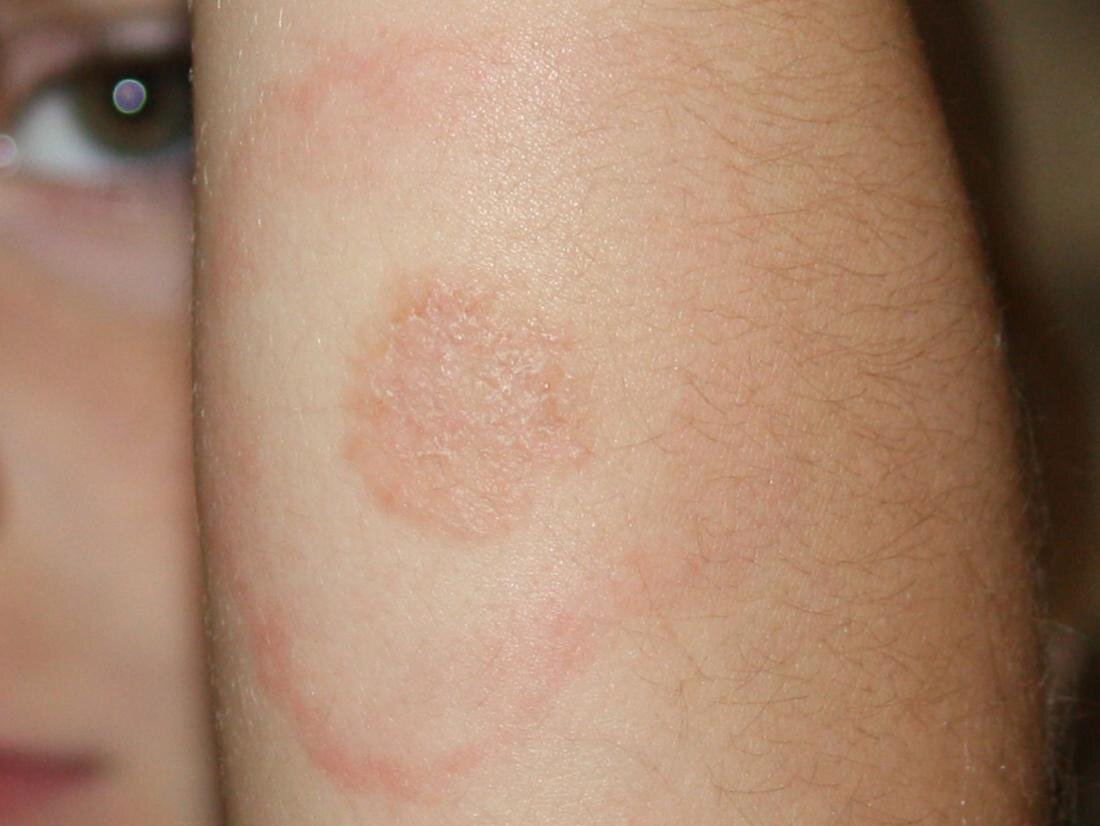Free online medical education course on early Lyme disease
Three patient case studies guide physicians on how to diagnose and treat early Lyme disease. This online course summarizes the latest research on disease risk, symptoms, and treatment options.
Diagnosing early Lyme disease cases can be notoriously difficult. Initial symptoms mimic those of the flu or Covid-19 — fever, chills, headache, and aches. The recommended antibody testing isn’t reliable in the first month. And many of those infected by a tick never see the tick or the most helpful diagnostic sign — an expanding erythema migrans rash at the bite site.
In the meantime, it’s more important than ever for physicians to keep up with clinically relevant information that will enhance their Lyme disease diagnostic and case management skills. Lyme disease is the fastest vector-borne illness in the United States, with an estimated 476,000 new cases a year, according to the Centers for Disease Control. Approximately 10 to 20% of those treated with antibiotics go on to experience disabling long-haul symptoms, such as severe fatigue, joint/muscle pain, brain fog, and neurologic symptoms. Prompt diagnosis and treatment of early Lyme disease results in better outcomes.
“Case studies in early Lyme disease” is an online continuing medical education course that discusses disease risk in geographic regions, Lyme disease rashes, NIH-funded treatment trials, the basics on how Lyme bacteria evade the immune system, and the pros and cons of various patient treatment options. Participants’ diagnostic skills are tested with three real-life patient case studies. This course has been approved for 1.0 CME credit by the American Academy of Family Physicians.
Elizabeth L. Maloney, MD, the course’s author, is a Minnesota family physician focused on tick-borne disease education and policy. She is also the education director of Invisible International; the founder/president of the Partnership for Tick-borne Diseases Education; a former subcommittee member of the HHS Tick-borne Diseases Working group; and a peer reviewer for the Canadian Institutes of Health Research.
This project was funded by the Montecalvo Platform for Tick-Borne Illness Education, through Invisible International, a 501(c)(3) nonprofit foundation dedicated to reducing the suffering associated with invisible illnesses and social marginalization through innovation, education, and data-driven change projects. You can sign up to receive news and updates at https://invisible.international/newsletter
Other related courses: Basic principles of diagnostic testing, 7 years of blood-based Lyme disease testing, Serologic testing in Lyme disease.
Image credit: Tricia Shears 2009, Lyme rash on a 5-yr-old


